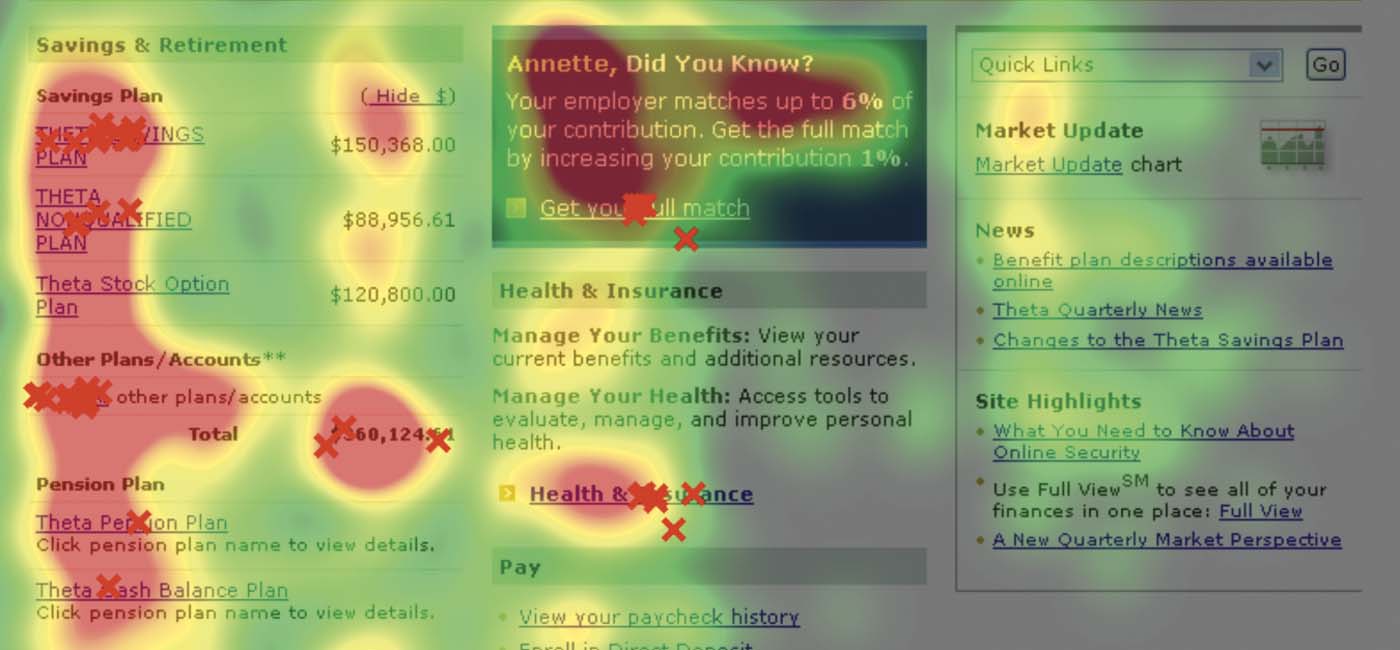 • If you ever wondered what eye-tracking technology is all about, WPI’s User Experience and Decision Making (UXDM) Research Lab open house today will show you. On Tuesday, Nov.12, from 10 am to noon, visitors can explore the lab and hear about the technology, learn how it is used, and watch live demonstrations of the lab’s cutting-edge eye-tracking equipment.
• If you ever wondered what eye-tracking technology is all about, WPI’s User Experience and Decision Making (UXDM) Research Lab open house today will show you. On Tuesday, Nov.12, from 10 am to noon, visitors can explore the lab and hear about the technology, learn how it is used, and watch live demonstrations of the lab’s cutting-edge eye-tracking equipment.
“We are really happy to have the opportunity for people to see what we have, the great team we have, and that we are proud of what we are doing,” says Soussan Djamasbi, director and founder of the UXDM lab and associate professor of management information systems in the School of Business. “We want to show everybody.”
Funding for the lab (Washburn Shops 216B) began in 2011 from Dynamic Network Services Inc. (Dyn), a leader in internet infrastructure as a service technology and founded by WPI alumnus Jeremy Hitchcock. The lab, with its five state-of-the-art eye-tracking devices and 10 stations for analyzing data, supports two new courses taught at WPI and the research that goes along with them. But Djamasbi says she is already seeing the lab become a hub for students, faculty, and industry leaders who are interested in the far-reaching benefits of the technology.
The lab supports WPI’s two new courses: the graduate-level User Experience Application (taught this fall) and the undergraduate-level User Experience and Design (a C-Term class). WPI is one of few institutions to teach user experience–focused classes, and Djamasbi says it is so new, there is no textbook to follow.
Four groups of students, she says, have worked hard to show off the lab and all their research for the open house. Visitors will learn exactly what makes studying user experience so crucial to various industries including business and healthcare. There will be demonstrations of the eye-tracking equipment and of current research. Slide shows will explain business implications of the technology and research. In addition, two alumni who worked on the lab’s early start-up will come back to give talks.
“User experience is different from usability,” Djamasbi explains. Where usability is all about what can or can’t be done, the user experience is about how people react when interacting with an application or device. “The heart of the designing experience is understanding the user. You look at what you want to see and design an experience for that,” she says. “You want to create a positive experience and ask, ‘How do I want this person to feel?’ You design an experience that matches that need.” The resulting good experience, which can take mere seconds, can be the difference between a satisfied customer and one who jumps to another screen.
Using eye-tracking technology, researchers can instantly see how a user interacts with an application by seeing exactly what they are looking at first, last, or not at all. Whether the application is desktop- or mobile-based, they pick up differences and discover how they can make that interaction more positive and more effective.
“I want the lab to be a breeding lab for innovation with healthcare, mobile, and consumer behavior,” says Djamasbi. Collaborations with WPI faculty and industry leaders have already begun. “It has far-reaching implications.”
The interactions between the school and the business world will be invaluable as this research turns into practical use. “I look at this as a bridge between academia and industry,” she says. “This is leading-edge. No one is there yet.”
And for WPI students, having access to breakthrough technology and research is invaluable. The lab, says Djamasbi, becomes a community not only of academia, but of students who enter the job market, continue their research and make innovative changes, and then mentor younger students who are just beginning in the lab.
“This is not just science,” says Djamasbi, “it is a passion and a community. Not only are we doing research but it is a great place for networking and mentoring. We are building our own community and looking forward to expanding this. We will have the expertise innovation needs.”

